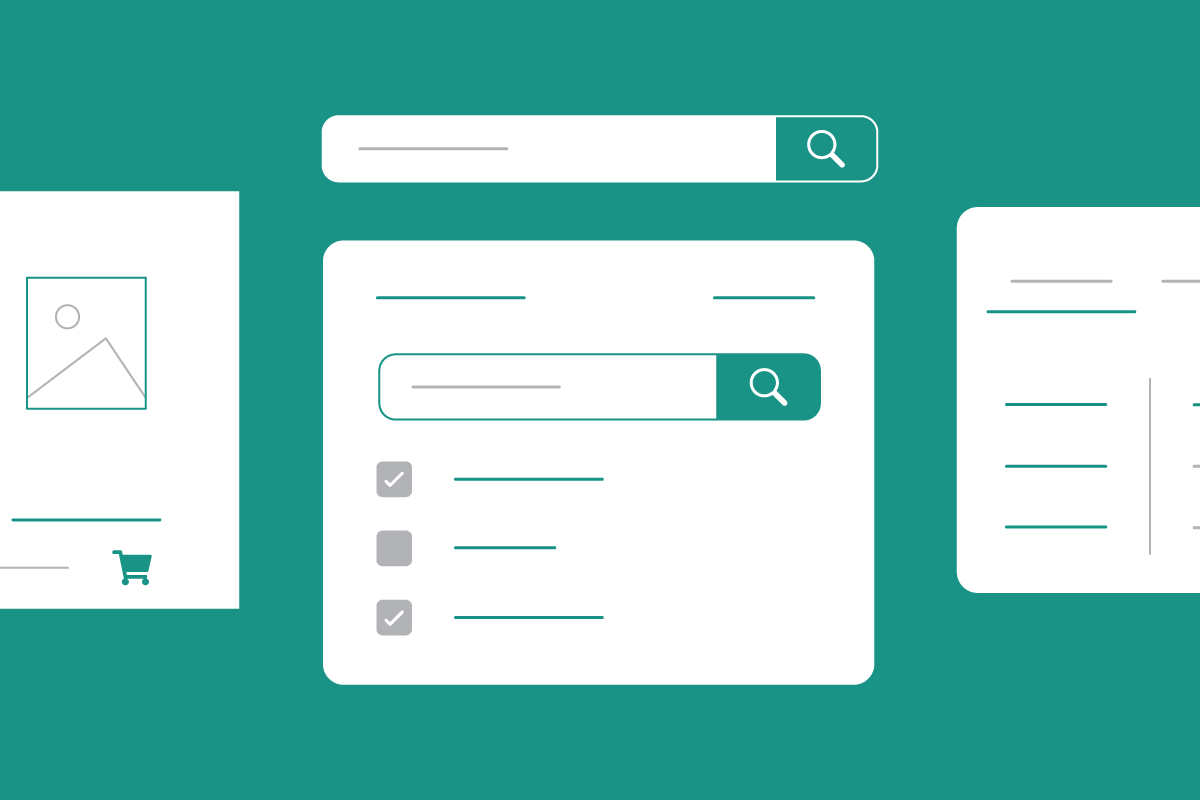
Case Studies / Digital / Our Team / Strategy / UX/UI
On-Page SEO
On-Page SEO, like the name implies, refers to what actually happens on your website itself. This can be viewed as building the foundation for search engine optimization. The key components to focus on are:
Build your website site in a modern and generally search friendly way.
There are numerous aspects of what constitutes a search friendly website, which we’ll go into detail on in a future post. Most generally though, using a modern CMS or builder such as WordPress, Shopify, Squarespace etc. will give you a good foundation and will at least not be a negative pull on your SEO. Legacy formats such as non-CMS based platforms and simple site builders don’t have the required infrastructure to support good on-page SEO.
Action Items: Audit your website – is it built on a modern platform? When in doubt, build your site on WordPress. Ensure your site is utilizing HTTPS for security.
Build a site optimized for mobile.
Often times, a majority of website views are from mobile devices, a trend only expected to increase in the coming years. Building on a modern platform as described above will often help, but mobile friendly design must be considered as it is where Google expects users to be now and in the future.
Action Items: Test your site – does it work well on mobile, rendering all images and having an easy-to-follow navigation structure even on a small device?
Quality, in-depth, and dynamic content.
Google wants to show to searchers websites that have a significant amount of quality content, specifically in-depth content that goes beyond short descriptions on page. Additionally, new content should be added regularly, signifying that the site is active and information is continuously improving.
Action Items: Start a blog or add to your outdated blog. Update regularly with new content of significant length.
Meta Tags
While Google no longer utilizes Keyword Tags or Description Tags (still important for CTR in search, however) Title Tags, header tags, Image Tags, and URL structure are all still important for SEO.
Action Items: Ensure each page has a title and description tag, image tags and proper use of headers. If building in WordPress, install the Yoast or All In One SEO plugins to quickly see each page.
Instructions to Search Engines
There are ways to directly communicate to search engines on-page. Adding a Robots.txt file to your website is critical to instruct search engines on how to crawl, or find, your website pages. Additionally, Google Search Console (formerly Google Webmaster Tools) allows you to upload a sitemap directly to Google, and ask them to crawl your website.
Action Items: Add a robots.txt file to your site, or ask your web developer to help. Create an account at Google Search Console, and activate on your website. This can be done following Google’s Instructions, or through a plugin like Yoast.
Your inbox needs more Idea Kraft.





